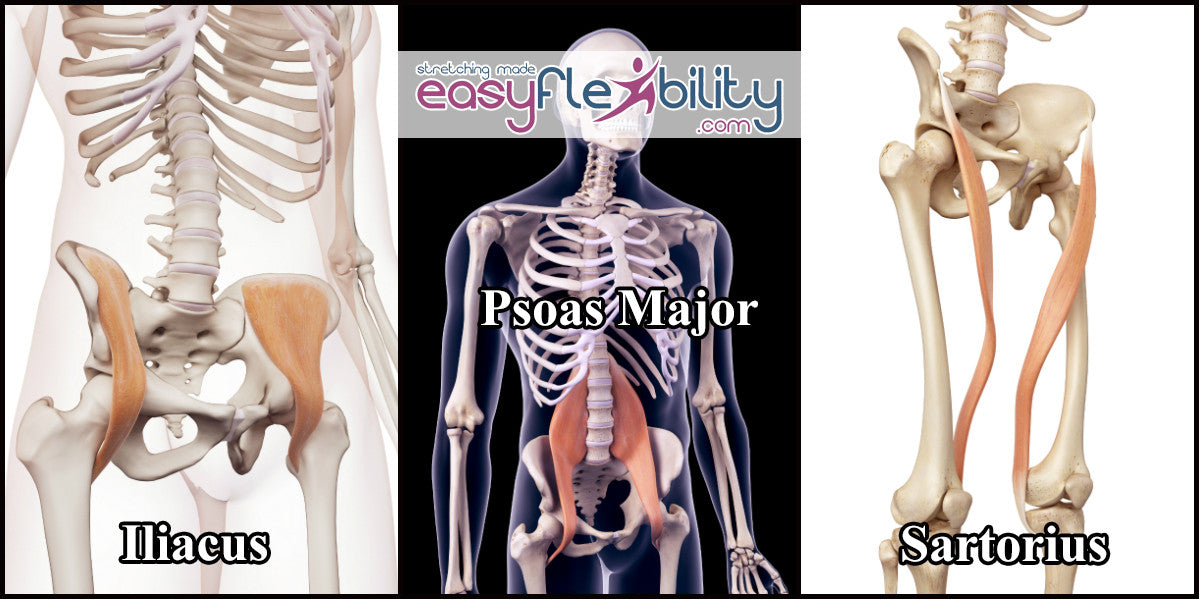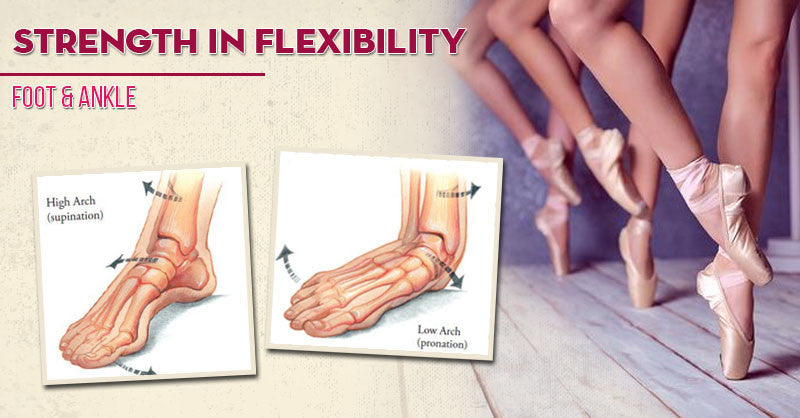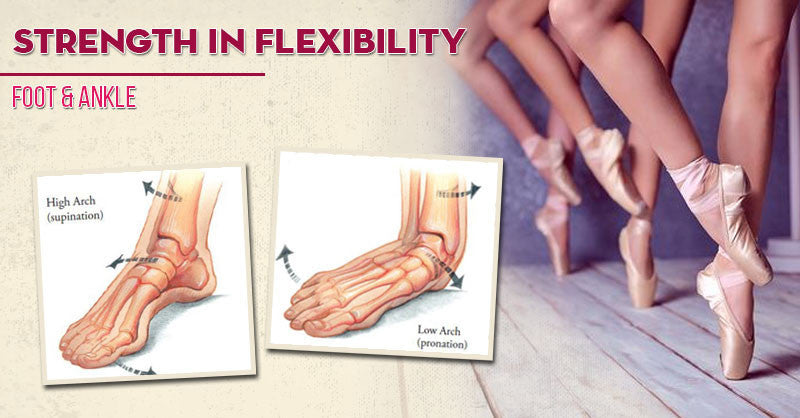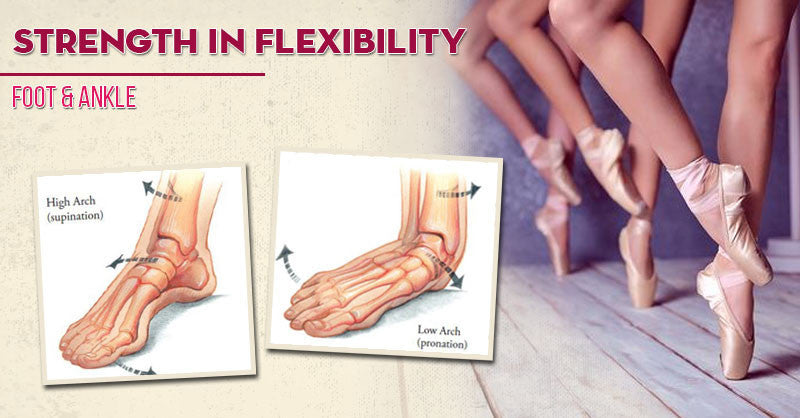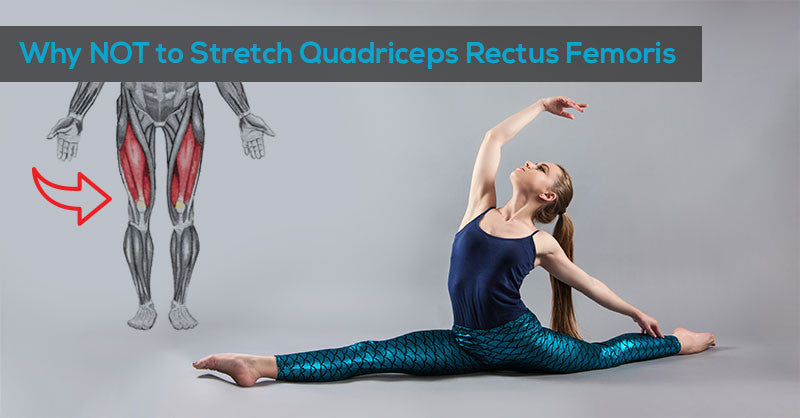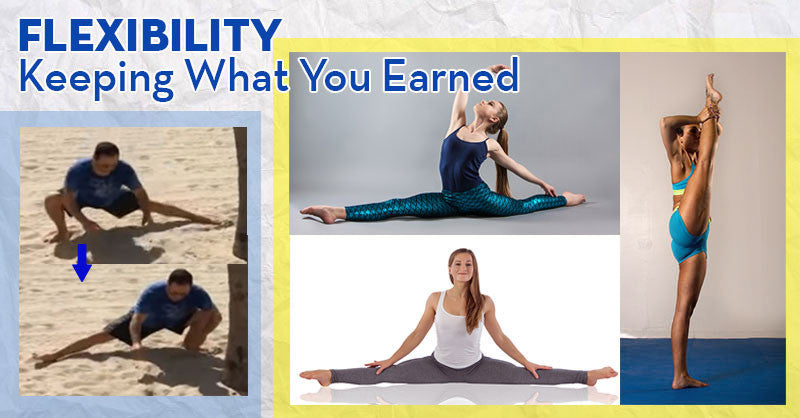"I try the stretch. BUT... I feel it in the WRONG Place", Please help!
Posted by EasyFlexibility Team on
Have you ever had this happen to you? You try a stretch, and you don't even feel it, where you should feel it. You feel it somewhere else! What's up with that?
It can be a bit discouraging to want to target a specific muscle and not only feel it there, but to feel it elsewhere. There are many reasons for this. Knowing them will help you deal with this issue and possibly help you improve your flexibility practice.
Below we discuss different reasons why you may feel it in the "wrong" place.
1. Nerve Stretching
Yes, nerves can be stretched. These organs originate in the spine and branch out to the peripherals. Since they cross joints, moving joints in coordinated directions can stretch the nerves.
 For example a hamstrings stretch combined with dorsi flexion of the ankle can be felt in the glutes or under the foot. Two locations on the body, seemingly far from each other. An arm abduction, combined with wrist extension, can be felt in the wrist or hand. What is really felt is the Sciatic Nerve in the former and Median Nerve in the latter.
For example a hamstrings stretch combined with dorsi flexion of the ankle can be felt in the glutes or under the foot. Two locations on the body, seemingly far from each other. An arm abduction, combined with wrist extension, can be felt in the wrist or hand. What is really felt is the Sciatic Nerve in the former and Median Nerve in the latter.
Sometimes a nerve can simply be lengthened, if that happens the stretching sensation can be felt far from the targeted muscle.
If done with a purpose, there is nothing wrong with stretching nerves. However, if you don't expect it, you can be caught by surprise.

2. Body Control
Some stretching techniques, regular or kinesiological require specific amount of body control. Some muscles must be tensed, while others relaxed. This ensures that you get to pick what muscles are stretched.
One example would be the standard back of the shoulder stretch. You pull the arm across the body. This is a regular relaxed stretch. One person will feel this in the back of the shoulder joint. Another will sense it closer to the spine. So two different muscles groups are targeted. In the former case (behind the shoulder) it's Posterior Deltoid, Teres Minor and Infraspinatus. In the later case (closer to the spine) , it's Rhomboids and Middle Trapezius.

Some people may feel the stretch in both locations. This happens more frequently with relaxed stretches compare to Zaichik Stretching Technique, due to ZS specificity, but it can happen with ZS too.
So to prevent this from happening, one of the muscles must have at least partial tonus to shift the focus on the other one. Breathing and visualization helps too.
If you want to focus on let's say the Rhomboids and are not able to. Trying Zaichik Stretching Technique called ~Compassion~ for example will target this muscle group, because it take into account all of it's action, which are unique to this muscle. ( Scapula retraction, downward rotation and elevation)

Same would be for the back of the shoulder, if that's your target. ZST called ~Freedom~ would do the trick.
(The names of Zaichik Stretching Techniques (ZST) are marked with Tilde Characters ~ )
3. Radiating Sensation
Not all sensation is felt where it originates. For example, during bodywork such as massage a pressure applied at one point can be felt in another. This is because muscles radiate. Some exercise cause a compression on the muscles.
- For example Rhomboids stretch can compress the chest.
- Glutes stretch can compress the adductors.

The compressions may either be felt in the muscles opposite to the ones targeted or radiate to another point on the body.
4. Some muscles are synergists
Feeling the synergists stretch is common during relaxed stretches. For example someone with tight adductors, maybe surprised to feel these muscles while trying to stretch the hip flexors. In reality, adductors flex the hip, not just adduct. For this reason they can be felt during hip flexors stretching.

This of course happens a lot more frequently during relaxed stretches, than Zaichik Stretching techniques. The reason being that ZST target each hip flexor separately, with actions unique to each Flexor of the Hip.
5. Exercises Ordering
Some muscles need to be lengthened first to get to other muscles doing the same general movement.
Lunge stretch can be used as an example here one more time. If we were to ignore the 4 adductors for a second. There are 6 hip flexors being stretched in the hip extension. (1.Psoas, 2. Illiacus, 3.Pectineus, 4.Tensor Fascia Latatae, 5.Sartorius, 6.Rectus Femoris)

Let's say you expect to stretch your Psoas. (The standard relaxed method) You know that the muscle is located on each side of your lower torso. However most likely you won't feel the stretch there. You will feel it in your tightest muscle first. If your knee is flexed, you may feel it in your quads. (Rectus Femoris). If your leg is laterally rotated and/or you have tightened pectineus you may feel the stretch the groin. If that is the case, you would need to do 1 of 2 adjustments.
- You would have to stretch the tight muscle first, to get to the deeper layer.
- You would have to adjust the position, so that joints are positioned opposite to the muscle action, you are trying to target.
Do you want to feel the difference between Zaichik Stretching Method EasyFlexibility uses and standard stretches?
Go to the EasyFlexibility Certification page where you'll find some Zaichik Stretching exercises for you to try along with more in depth explanation about our philosophy of strength and flexibility training. CLICK HERE.
© ElasticSteel Corp., EasyFlexibility, Paul Zaichik, et. El., 2022. No part of the materials available through ElasticSteel.com, EasyFlexiiblity.com, site may be copied, photocopied, reproduced, translated or reduced to any electronic medium or machine-readable form, in whole or in part, without prior written consent of Paul Zaichik EasyFlexibility.com, Elasticsteel.com.. Any other reproduction in any form without the permission of Paul Zaichik EasyFlexibility.com, Elasticsteel.com is prohibited. All materials contained on this site are protected by United States copyright law and may not be reproduced, distributed, transmitted, displayed, published or broadcast without the prior written permission of Paul Zaichik, EasyFlexibility.com, Elasticsteel.com.






